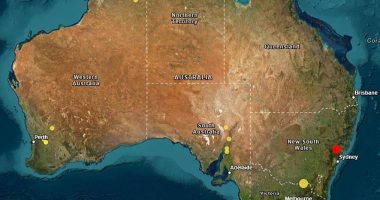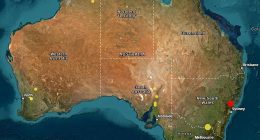Following two years of field surveys with aerial photos and drones, Peruvian and Japanese researches from Yamagata University earlier this month reported the discovery of 168 new designs at the UNESCO World Heritage site on Peru’s southern Pacific coast.
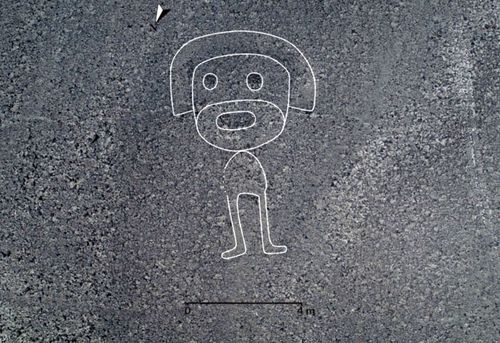
Jorge Olano, head archaeologist for the Nazca Lines research program, said the new figures averaged between two and six metres in length.
The purpose of the Nazca Lines, which could only be seen from the air, remain a mystery.
The figures, iconic vestiges of Peru’s rich history, are about a three-hour drive from the capital Lima.
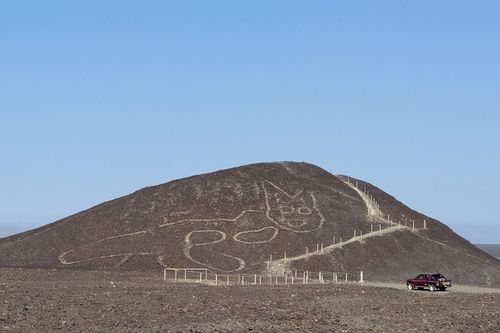
Researchers had already discovered 190 figures in the area since 2004. But the vastness of the terrain they cover has complicated efforts to study and conserve the heritage site.
Read Related Also: The particular Disturbing Truth About The Connection Between Alex Cox And even Lori Vallow
Yamagata University said the research will be used in artificial intelligence-based surveys to help inform the lines’ preservation.
The figures vary in size, with the largest more than 100 metres from end to end – slightly taller than the Statue of Liberty in New York – while the smallest measures only five metres.
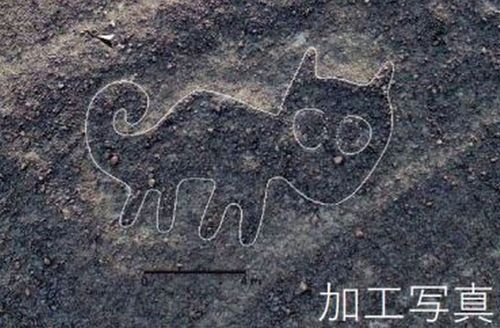
Scientists and historians believe some of the earth sketches were used for rituals and decoration.
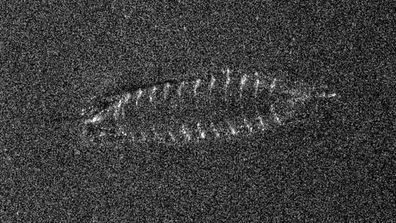
Medieval ship found in Norway’s biggest lake




